'This is a natural gas market crisis': Why energy markets could be set for three more years of turmoil
Business Green
JANUARY 17, 2022
Low-carbon energy technologies including renewables, energy efficiency and nuclear power, alongside an expansion of robust and smart electricity grids are all part of the solution, he added. This equates to almost 10 per cent of the European Union's average monthly gas consumption.".


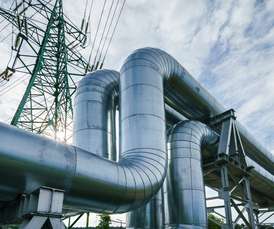

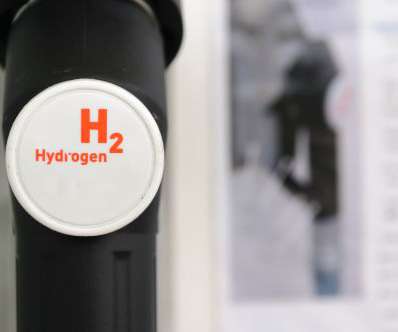
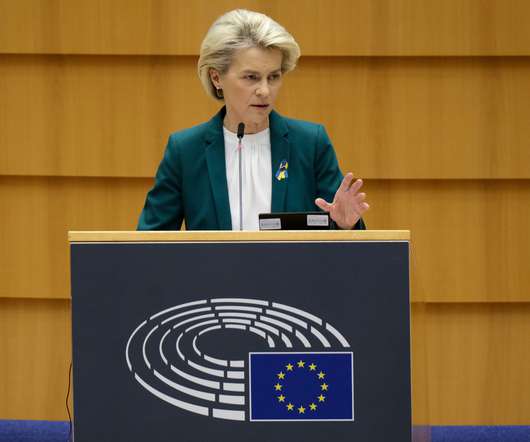
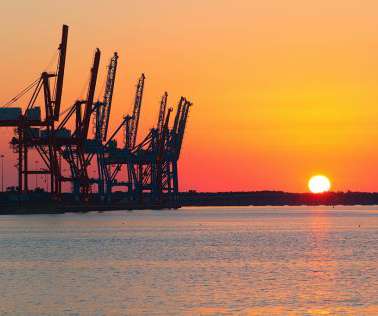
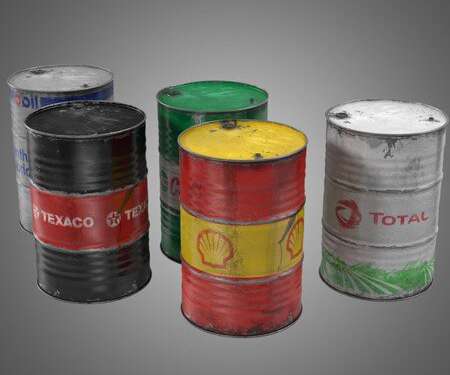








Let's personalize your content